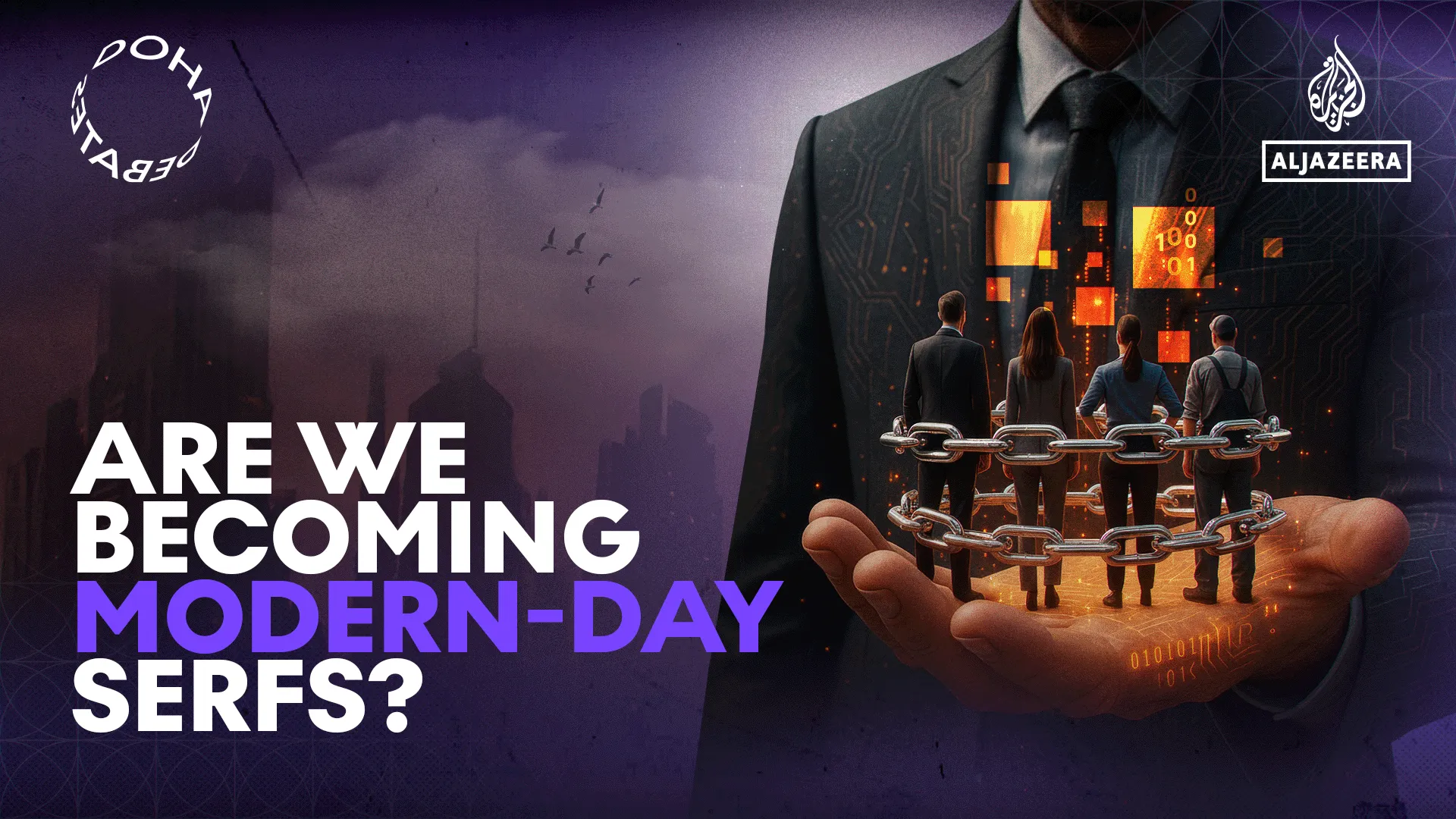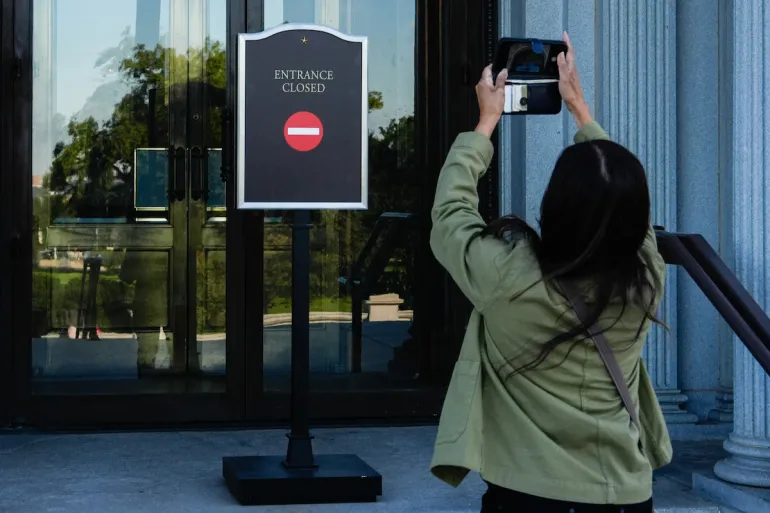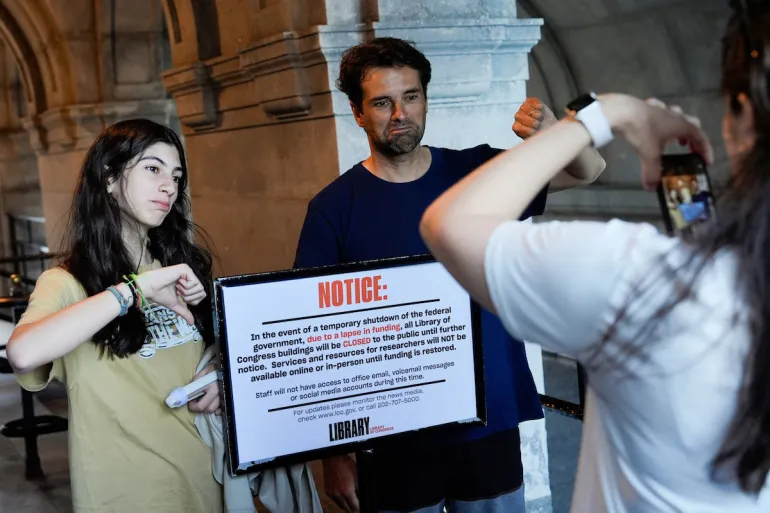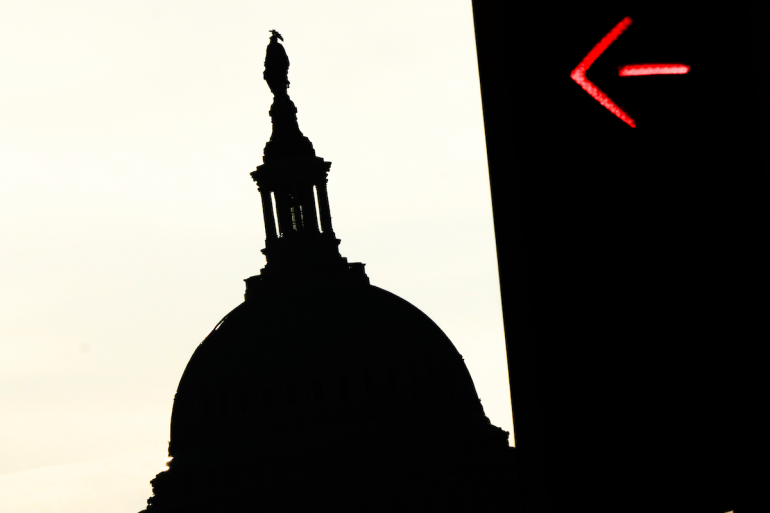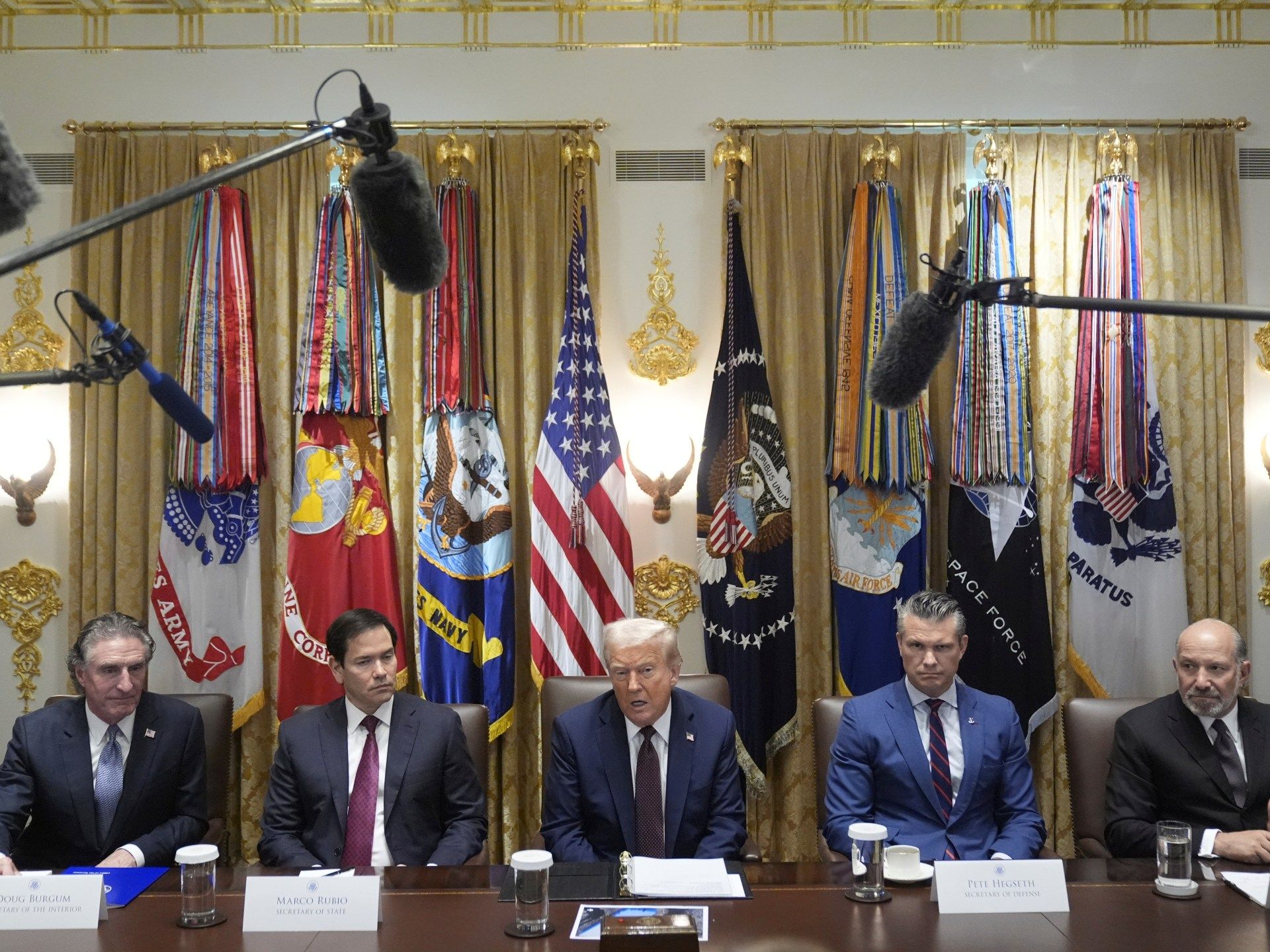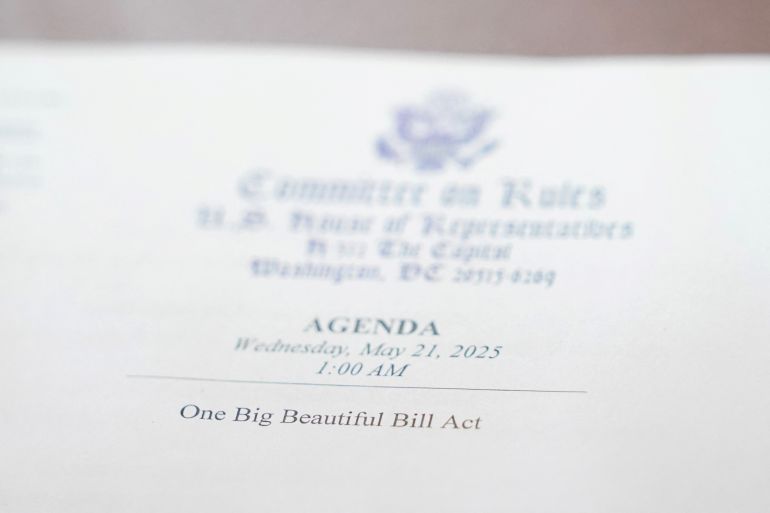Fact check: Do ICE officers really have ‘federal immunity’ in the US? | Government News
Deputy White House Chief of Staff Stephen Miller has told Immigration and Customs Enforcement agents they are legally protected from prosecution and local officials cannot arrest them.
Fox News host Will Cain questioned Miller during an October 24 interview. Illinois Governor JB Pritzker, Cain said, “talked about interfering with, arresting, ICE agents in Illinois”.
Recommended Stories
list of 4 itemsend of list
Cain asked Miller under what federal authority the Trump administration could arrest Pritzker if the governor tried to arrest ICE agents.
“To all ICE officers, you have federal immunity in the conduct of your duties,” Miller said. “And anybody who lays a hand on you or tries to stop you or tries to obstruct you is committing a felony.”
Miller said his answer applied to any local or state official “who conspires or engages in activity that unlawfully impedes federal law enforcement conducting their duties”.
The day before Miller’s comments, Pritzker signed an executive order establishing the Illinois Accountability Commission to document federal law enforcement actions and refer possible law violations to local and state agencies for investigation. Chicago is the latest target in the Trump administration’s immigration crackdown, and agents have arrested more than 3,000 people there.
Pritzker acknowledged in an October 16 interview that “federal agents typically have federal immunity, but they’re not immune from the federal government holding them accountable and responsible”.
His statement is less sweeping than Miller’s, and Pritzker noted that the federal government can prosecute federal agents.
Immigration agents, like other law enforcement officers, have broad protections when conducting official duties. That doesn’t mean they can’t be held legally accountable if they break state or federal law.
“Federal officials are not categorically immune from state criminal prosecution, even while on duty,” Bryna Godar, a lawyer at the University of Wisconsin’s State Democracy Research Initiative, wrote in a July 17 report.
When contacted for comment, the White House pointed PolitiFact to an October 23 letter that US Deputy Attorney General Todd Blanche wrote to California officials.
“The Department of Justice views any arrests of federal agents and officers in the performance of their official duties as both illegal and futile,” Blanche wrote.
He cited several federal laws and provisions, including the US Constitution’s Supremacy Clause. The clause limits when states can prosecute federal agents who break state law, but it does not act as blanket immunity, legal experts said.
Miller’s statement is “wrong on its face”, Steve Vladeck, a Georgetown University constitutional law professor, wrote in his October 27 newsletter.
The federal government can prosecute immigration agents who break the law
Federal immigration agents can’t break the law with impunity.
In 2024, a federal judge convicted and sentenced to federal prison a US Customs and Border Protection agent for using excessive force against two people at the southern border. Department of Homeland Security watchdog officers investigated the case.
The federal government has cited its power to hold agents accountable in court arguments. After a Border Patrol agent shot and killed a 15-year-old Mexican boy at the southern border in 2010, the Justice Department said in a 2019 Supreme Court brief that the federal government investigates allegations of excessive force by agents “and may bring a federal criminal prosecution where appropriate”.
Non-government organisations can also sue the federal government for its agents’ actions. Several groups in Chicago, including journalism organisations, sued the Trump administration saying federal agents are using “a pattern of extreme brutality in a concerted and ongoing effort to silence the press and civilians”.
In that case, federal District Judge Sara Ellis ordered immigration agents not to use tear gas and other riot control tactics unless people are posing an immediate threat. If the agents are going to use tear gas, they are required to give a verbal warning first.
After reports that agents weren’t following the court order, Ellis ordered Gregory Bovino, the senior Border Patrol official overseeing the federal immigration actions in Chicago, to meet with her every weeknight to report all confrontations officers have with the public. A federal appeals court has since temporarily paused Ellis’s order.
Vladeck wrote that even if the Trump administration does not investigate or prosecute immigration agents who might have broken the law, it doesn’t mean the federal government doesn’t have the power to do so.
Pritzker said his state’s commission seeks to document actions that could be prosecuted in the future.

State governments aren’t barred from prosecuting federal agents
State governments can also prosecute immigration agents if they break state law. However, there is a limitation known as supremacy clause immunity, which comes from the US Constitution’s clause that says federal law supersedes conflicting state laws.
Protections against state prosecution for federal agents date back to a 1890 Supreme Court decision. David Neagle, a US marshal assigned to protect a Supreme Court justice, shot and killed a man who assaulted the justice. California arrested Neagle and charged him with murder. The Supreme Court ruled that the state couldn’t prosecute Neagle because he was carrying out official duties.
Generally, federal agents are protected from state prosecution if their actions were authorised by federal law, and if the actions were “necessary and proper” for agents to fulfil their duties.
A federal court ruled in 1990 that a customs agent was immune from state charges for speeding while driving during a drug operation. The agent acted under US laws and was justified in concluding speeding was necessary to fulfil his duties, the court said.
But a US marine wasn’t given immunity in 1990 after he killed a person in a car accident while he was driving in a military convoy in North Carolina.
“In short, while Supremacy Clause immunity grants federal officials a partial shield from state prosecution, that immunity is not absolute,” Godar wrote.
Contrary to Miller’s statement, Vladeck wrote, it’s not a felony “for local or state authorities to arrest someone who they have probable cause to believe committed a state crime”.
If a state brought charges against federal immigration agents, the court would have to determine whether an officer reasonably would have thought the actions were necessary to carry out federal duties.
“That’s a generous standard, to be sure,” Vladeck wrote. “But it is by no means a get-out-of-prosecution-free card.”
Our ruling
Miller said: “To all ICE officers, you have federal immunity in the conduct of your duties.”
Immigration agents, like other law enforcement officers, have broad protections when they’re conducting official duties. But they’re not immune from prosecution if they break state or federal law.
The federal government can and does prosecute federal officers who break the law.
States can’t prosecute agents for breaking state law if the agents were acting under the reasonable confines of their official duties. But those restrictions aren’t absolute.
The statement contains an element of truth; federal immigration agents have some immunity from state prosecution. But the protections aren’t as sweeping as Miller made them sound, giving a different impression. Federal agents can and have been prosecuted by states.
We rate Miller’s statement Mostly False.


